So… what are the best affordable supercharged project cars? We take a look at some obvious and some slightly more left field options in search of affordable supercharged power.
We love a turbo here at Fast Car, that’s no secret. The mischief of bolting what is effectively a metal sculpture of a cartoon snail onto your exhaust manifold to make your car faster and angrier really does the business for us. But in this article, we’ve decided to make some time for the turbo’s partner-in-crime in the forced induction strata: the supercharger.
This magical little box, mechanically driven by a belt or chain from your engine’s crankshaft, effectively exists to suck in air, compress it, then force it through the intake manifold. Net result? Loads more horsepower. There are various different kinds (Roots, twin-screw, centrifugal and so on) but they all exist to do the same job: suck hard, squish, then blow; this process feeding into the initial stage of your motor’s own suck-squeeze-bang-blow cycle. See? Simple. Shove in more air, add a bit more fuel, and you’ve got more power, combined with a hilarious whining noise.
Some people are weirdly averse to blowers, seeing them as needlessly parasitic as they draw their power from the crank, although we’d counter that that’s a load of old toffee. Superchargers are awesome, that’s just a fact. So, now that you’re up to speed on why superchargers are cool, let’s have a look through some of the best cheap options out there to form the basis of your next project car.
Best Affordable Supercharged Cars
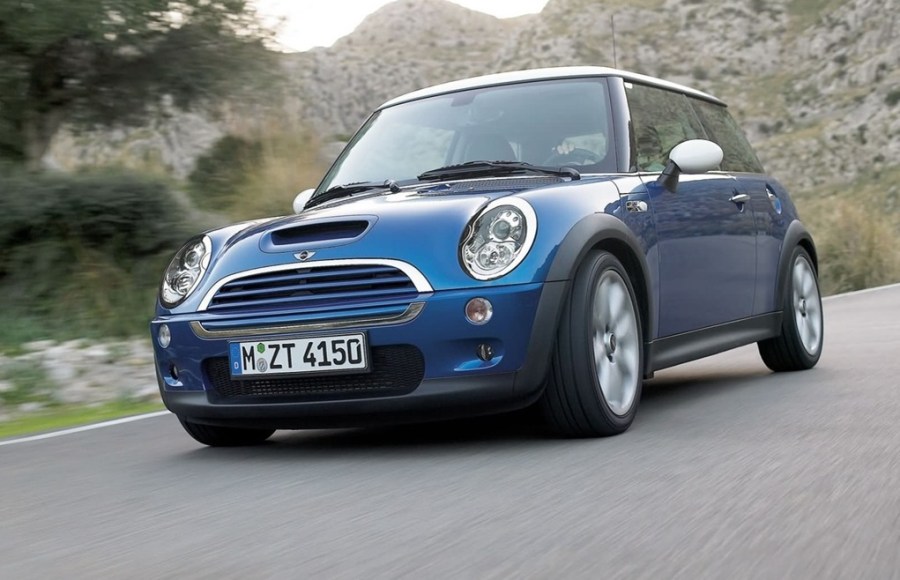
MINI Cooper S
The original new MINI (if that’s not too complicated a way of putting it) has become a bit of a modern classic – the generation built from 2000-06 is a perky, retro-styled thing with an eager chassis and driver involvement in spades. Sure, you’ll get people saying ‘Oh, it’s not a proper Mini, look how big it is,’ but those people can sod off, to be honest. The world’s moved on, and in modern traffic these cars are positively tiny.
The Cooper S (also referred to as the R53, in this generation) was the one to have, as it took the cheekiness of the Cooper and added forced induction. And while the second-gen (2006-13) ones were turbocharged, the early Cooper S came equipped with a compact little supercharger, boosting the Brazilian-built Tritec 1.6 to a fruity 169hp. 0-62mph happens in a smidge over seven seconds, with post-facelift cars being marginally quicker than pre-facelift examples.
You can pick up a decent R53 Cooper S for about $5,000, or no less than £2000, which is a whole lot of hot hatch thrills for the money. And if you fancy splashing out a few more grand, you can find the Cooper S Works, which has 197bhp as well as being a bit lighter.
Top three modifications: 15%-17% reduction supercharger pulley, front-mount intercooler, decent tires (the supercharger meant the battery was relocated to the boot, so there was no spare and the car came with run-flats). For more advice, read our R53 tuning guide.
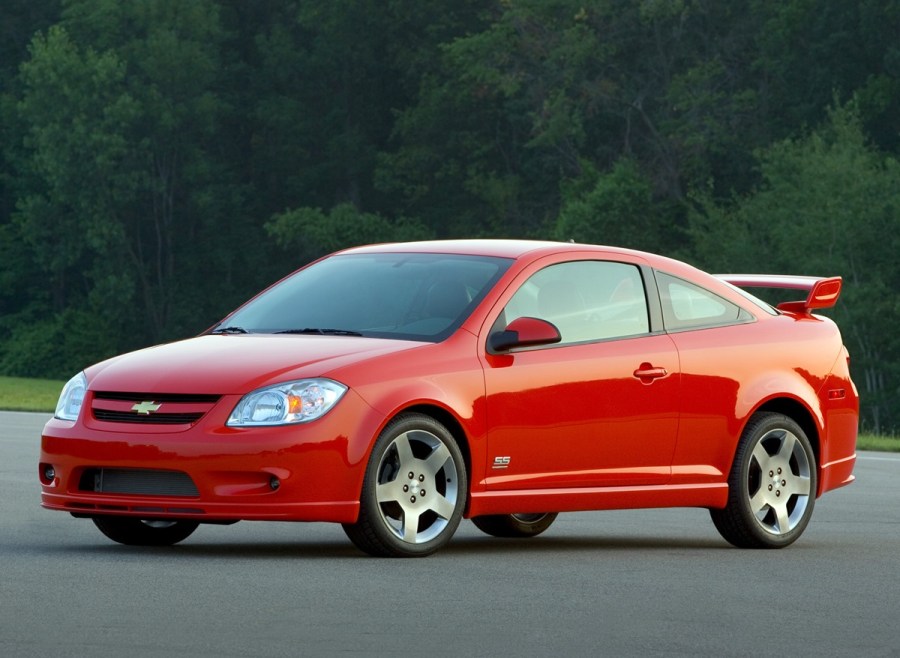
Chevrolet Cobalt SS Supercharged
The Chevy Cobalt SS is one of those cars that seems to attract negative opinions, but in hindsight, I think the nay-sayers are being a bit harsh. It’s by no means the best ‘tuner’ car on the market, but it’s a whole lot more capable than the internet would have you believe.
The supercharged variant (turbo models came later) made use of a 2.0-liter Ecotec four-pot, assisted by an Eaton M62. Combined, those two forces produce a total output of 205hp and 200lb ft of torque. In reality, that meant a 0-60mph time of just over 6 seconds, and a top speed of around 140mph. For 2005, those numbers were pretty darn good for an entry-level sports coupe.
Of course, the elephant in the room was the Cobalt’s front-wheel drive system. Whereas the likes of Honda and Mini amongst others had pretty much nailed the FWD hot hatch recipe, General Motors wasn’t quite on the pace. Much like the Astra OPC/VXR, the Cobalt SS suffered from torque steer and wheel hop when you really put your foot to the floor. Still, if you’re willing to put some time and money into refining the platform, the supercharged Cobalt SS could be a whole lot of fun for not a whole lot of money. Prices start at around $5000, and you won’t have to pay much more than $10,000 for a pristine example.
Top three modifications: coilovers for better poise, reduced supercharger pulley with supporting mods, strengthened engine/transmission mounts to reduce wheel hop (though that can cause more general vibration).
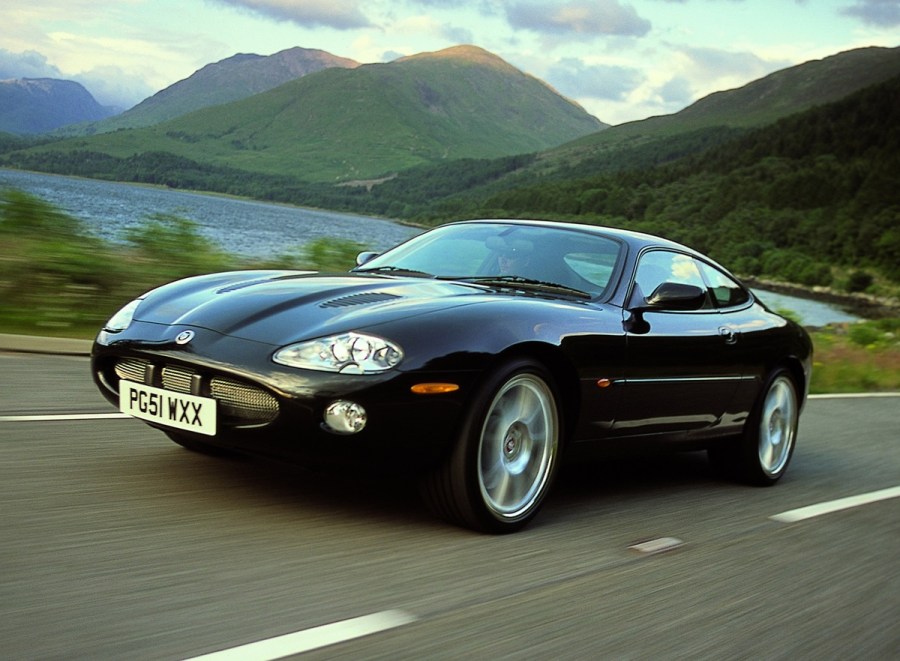
Jaguar XKR
There’s a reason why ageing Jags appear to be such good value: if they go wrong, you’ll have to sell a variety of organs to pay for the repairs and you’ll end up having to live in the car. But hey, you’ve got to roll the dice sometimes, haven’t you? If you buy a good one, you’ll find yourself shimmering about in plushness and improbable luxury… and if you buy one with a blower, you’ll have oodles of horsepower to muck about with too, which is why it’s here in our list of the best affordable supercharged cars.
The X100-generation XKR, built from 1996-2006, seems like a pretty solid bet to us. The XK8 started off with 4.0-liter V8s, and it was the addition of the supercharger that turned the model into the snarling XKR; this was later upgraded to 4.2-liters from 2003. The car shared its platform with the Aston Martin DB7 (so you can tell your mates down the pub that you drive an Aston, kinda), and the early cars boasted 370bhp and 380lb.ft of torque. Pretty brutal when you consider that you can buy your way into the club for about £6,000. The 390bhp 4.2 starts at around £10k, although we’d go for the earlier car and spend the remainder on fuel. Which’d probably last about ten minutes.
Top three modifications: QuickSilver exhaust, H&R springs, massive cigar
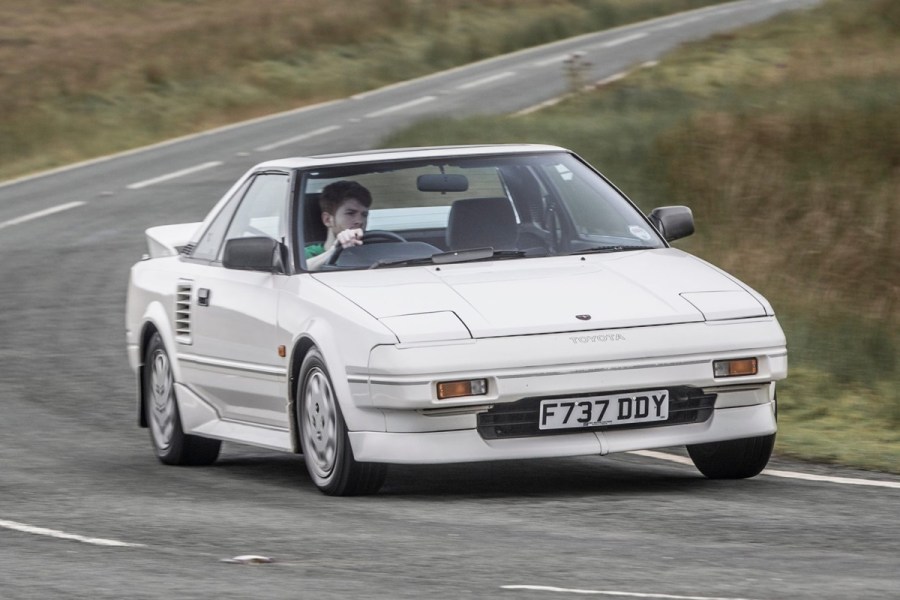
Toyota MR2
Alright, we might have missed the boat on this one. The first-gen (W10) MR2s have passed through cheap throw-away-ness and into sought-after classic territory – so if you want to buy a supercharged MR2, you’ll have to be prepared to pay out. Imports seem to start at about the £12,000 mark, or $15,000 in the States. It’s not actually too horrendous though, is it? Compare it to its contemporary hot hatches, the 205 GTIs and RS Turbos of the era, and it starts to look positively good value.
But hold up, let’s rewind… they made a supercharged Mk1 MR2?! Yes, indeed they did. It featured a specced-up version of the iconic 4A-GE motor (yep, the rasping twin-cam you’d find in an AE86 Corolla) with a Roots-type blower bolted on to turn it into a 4A-GZE. It had a lowered compression ratio and a Denso intercooler, and it produced 145bhp which, in a car this tiny, meant 0-62mph in 6.5 seconds. Also, bizarrely, the supercharger was driven by an electromagnetic clutch which meant that it was only operating when you really booted the throttle – how clever is that?
Top three modifications: Pastel-colored suit with sleeves rolled up, false moustache, synth music
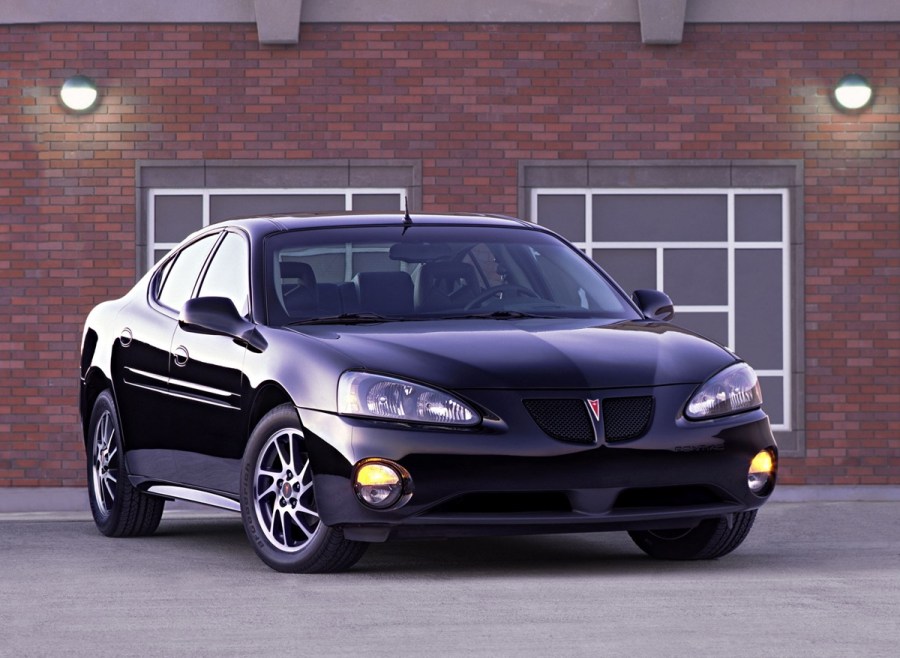
Pontiac Grand Prix GTP
If you want a Monaro-based Pontiac GTO but can’t actually afford one of those, why not consider its bargain-basement supercharged V6 sibling instead. That might be a harsh way of framing the Pontiac Grand Prix GTP, but frankly that’s the reality. This is an affordable-but-dated used car, which happens to have a lively engine. Sure, it doesn’t stack up to its eight-cylinder stablemates within the Pontiac family, but in isolation it’s still a relatively cool machine.
Fitted with GM’s 3.8-liter L32 V6 and an Eaton supercharger, the GTP variant of the Pontiac Grand Prix cranks out 260hp. Far from earth-shattering, but brisk enough to reach 60mph in 6.6 seconds. Even by modern standards that’s pretty quick, especially considering this car is front-wheel drive. Realistically it’s never going to be the most agile vehicle, so if you buy one of these (good ones are valued between $5000 – $10,000) it’ll be best-suited as either a cross-country freeway shuttle or as a relatively luxurious daily driver. It’s fairly practical too, being a four-door sedan.
If you simply must have a V8 though, consider buying the GXP variant instead. That car isn’t supercharged, but it does have 5.3 liters of LS4 displacement…
Top three modifications: lowered suspension, stylish aftermarket rims, full exhaust system.
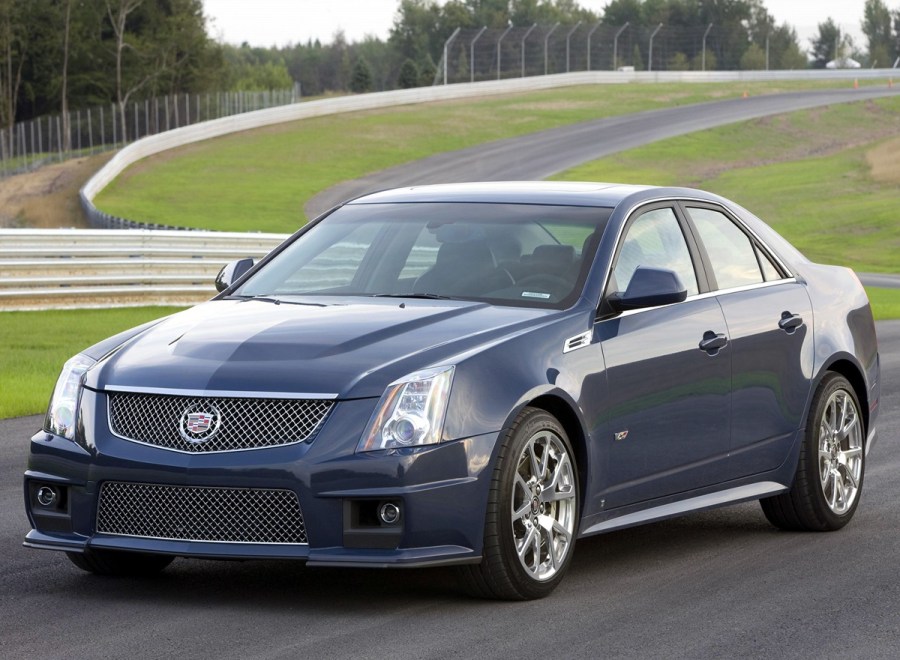
Cadillac CTS-V
Cadillac’s V-Series line of performance cars has become a pretty desirable brand over the years, which is part of the reason why the CTS-V is one of the most expensive cars featured in this list. Prices start at around the $25,000-mark, though if you want a good example, it’d be worth paying closer to $30-35k. Admittedly, that’s not exactly ‘affordable’ for most people, but compare that to the price of a brand-new basic sedan and you can begin to see the value in it. So, while this isn’t a car you can pick up for peanuts, you do still get a lot for your money.
The 2009-2014 CTS-V is essentially America’s attempt to build something similar to an AMG Mercedes; it’s an executive car with a brawny powertrain and butch styling to match. As standard, they came with a supercharged 6.2-liter LS V8, based on the version found in the C6 Corvette. As such, the car sends a whopping 556hp to its rear wheels, via either a six-speed manual gearbox or an automatic paddle shift system. Consequently, it’ll worry more exotic cars in a straight line, though don’t expect to keep up with the thoroughbreds through the turns.
If you aren’t a fan of the sedan body shape, you can opt for a CTS-V coupe instead, or even a wagon!
Top three modifications: Catback exhaust to let that V8 S/C roar, upgraded headers, reduced pulley.
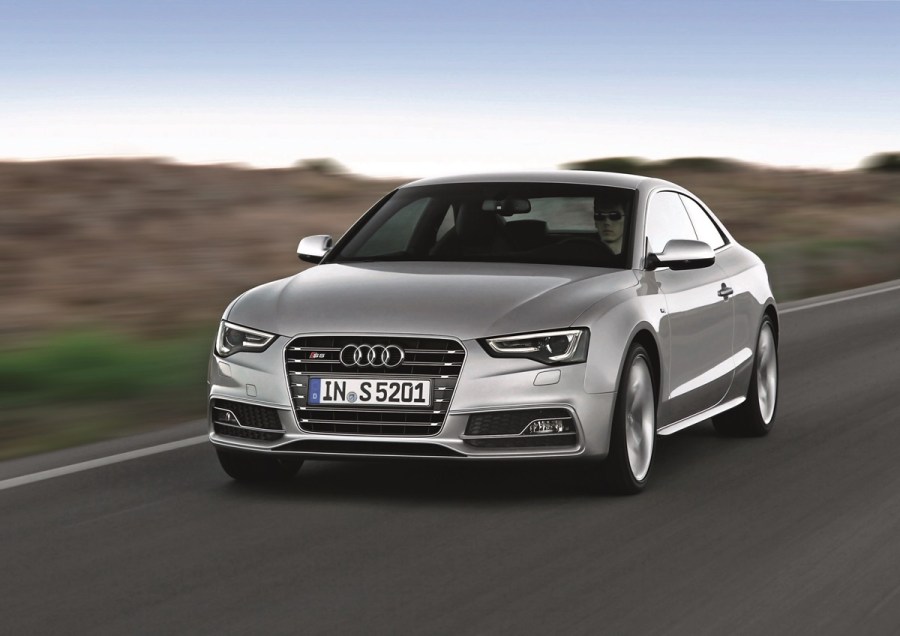
Audi S5
Audi have worked through so many minute model niches it’s hard to keep up; the S5, the sporty version of the A5, is basically a 2-door coupé version of the A4, which is also available as a convertible, and you can have it in Sportback guise which has more doors, but somehow isn’t an Audi A4. Even more confusingly, the early coupés were sold with a 4.2-liter V8, while the cabrio and Sportback had a supercharged TFSI 3.0-litre V6, and then later coupés got the blown six, and… ah, let’s not get bogged down in the details.
The point of it is this: the S5 is a very pretty thing, spectacularly well-equipped, has the fabled Quattro system, and will give you well north of 300bhp from that ’charged bent-six. You can pick one up for about 15k now. Just make sure you don’t accidentally buy the diesel version. It’s all very confusing.
Top three modifications: Revo map, Forge chargecooler, performance exhaust
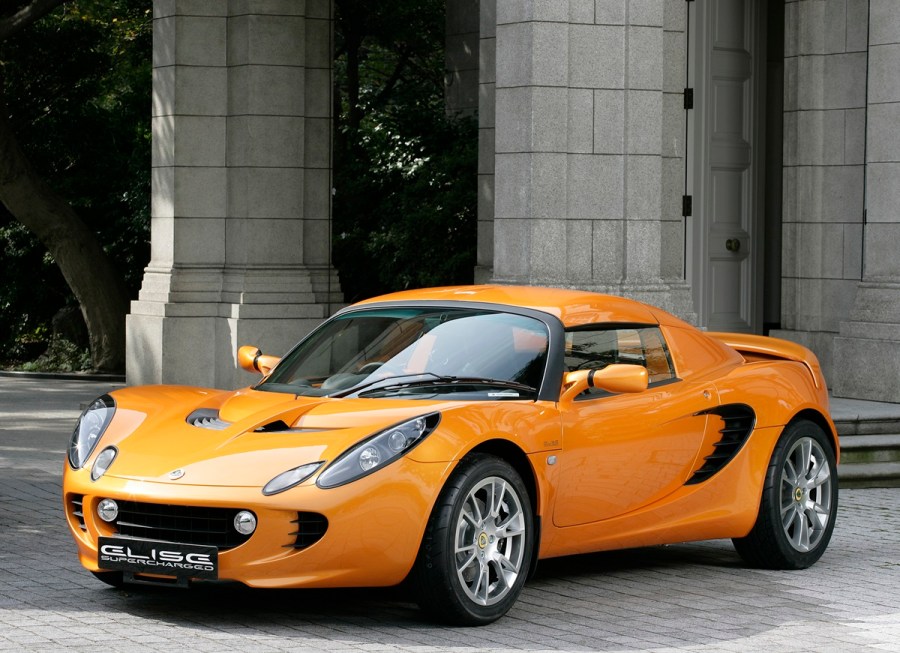
Lotus Elise SC
Arguably no Lotus needs a supercharger, if it’s to remain true to Colin Chapman’s original and iconic ethos of ‘simplify, and add lightness’. But what is ‘need’, really? Sure, bolting on a blower is, by its very nature, going to make things under the engine lid heavier and more complicated, but the gains speak for themselves.
The Elise has always been about poise and agility, taking a humble engine and extracting every micron of juice out of it to feed into a sublime chassis. The early ones had Rover K-Series engines, for goodness’ sake, like the one your gran had in her Metro.
But some time ago, Lotus decided to strap a Magnusson M45 Roots-type supercharger to the Elise’s motor, which by this point was a Toyota 2ZZ twin-cam. The result? 217bhp, which sounds OK, and a 0-62mph time of 4.4 seconds, which sounds quite a lot more than OK. And it doesn’t have an intercooler, so you can bolt one on (in your face Chapman, we love weight and complexity) for even more mayhem. You can get one of these SCs for about £25,000 now, or around $30,000 – which sounds a lot, but it’s a heck of a lot cheaper than, say, a brand-new hot hatch, and that’s why it’s here on our list of the best affordable supercharged cars.
Top three modifications: Intercooler conversion, ‘Touring Pack’ seats and air-con, Nitron shocks
Words by Dan Bevis & James Bowers.







